What if, rather than being prescribed medication or going to counseling, you could treat your mental health disorder through a video game? Retraining your brain is becoming increasingly accessible through an innovative technique called neurofeedback. Neurofeedback works to alter your brainwave frequencies, thus alleviating symptoms associated with mental health disorders in an all-natural and non-invasive way. If you’re interested in neurofeedback therapy in DTC, you’ve come to the right place.
How does neurofeedback work?
Neurofeedback is a type of biofeedback therapy that harnesses the brain’s neuroplasticity to teach it to respond more favorably to specific stimuli. Treatment begins by measuring your brain’s electrical activity via a non-invasive EEG. Based on the findings, a personalized treatment plan will be created to help address the symptoms you’re experiencing.
The treatment itself leverages the behavior-changing power of operant conditioning. By pairing brainwave activity with desirable or undesirable outcomes, you will learn to modify otherwise involuntary behavior based on learned consequences.
These rewards and repetitive exercises help your brain learn how to more frequently and more easily operate at desired levels. In doing so, symptoms associated with mental health disorders and formerly dysregulated brains dissipate. And because neurofeedback doesn’t rely on any type of drugs, there are virtually no side effects associated with this treatment.
Brainwaves and mental health disorders
Many different mental health disorders are characterized by specific brainwave patterns. For example, people with ADHD often have too many low-frequency, theta brainwaves and not enough high-frequency, beta waves. Therefore, neurofeedback therapy for children and adults with ADHD is focused on minimizing the occurrence of theta waves and increasing the occurrence of beta waves.
The history of neurofeedback therapy
Neurofeedback therapy might not feel very mainstream, but researchers have actually been using EEG technology for decades. In fact, the first EEG device was used in the 1920s to measure the electrical currents present in the human head. In the late 1950s, practitioners used a bell to signify when a person achieved optimal brainwave frequencies. This was the first time someone received real-time feedback about the state of their brain through EEG monitoring—the first time “neurofeedback” therapy was used.
Fast forward to today and there are hundreds of research studies supporting neurofeedback therapy as a treatment option for mental health disorders and neurological conditions.
What does neurofeedback treat?
Neurofeedback treats a wide range of conditions and disorders. Most commonly, it’s used to treat ADHD, ASD, anxiety, attachment disorder, concussions, depression, memory loss, PTSD, sleep-related disorders, traumatic brain injuries, and more.
Anyone who wants to improve their overall cognitive ability can also benefit from neurofeedback treatment. Many scientists at NASA, professional athletes, and high-level business executives incorporate neurofeedback regularly as part of their healthcare plan.
Learn more about neurofeedback therapy in DTC
If you’re struggling to manage your mental health, neurofeedback therapy in DTC can help. Here at Braincode Centers, our highly-trained clinicians provide a caring and comfortable environment for brain training.
Schedule your free consultation today to get started!




